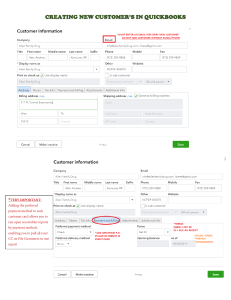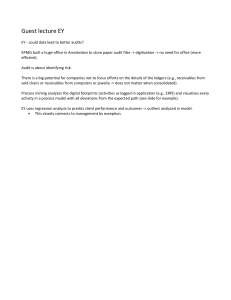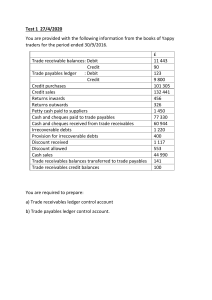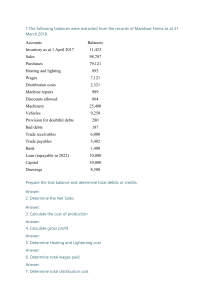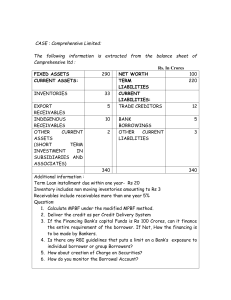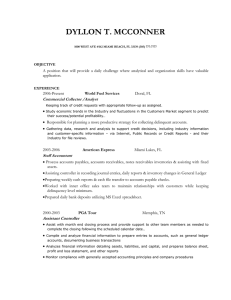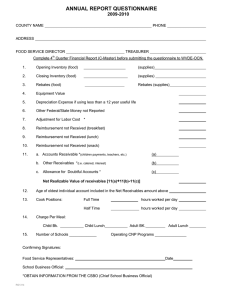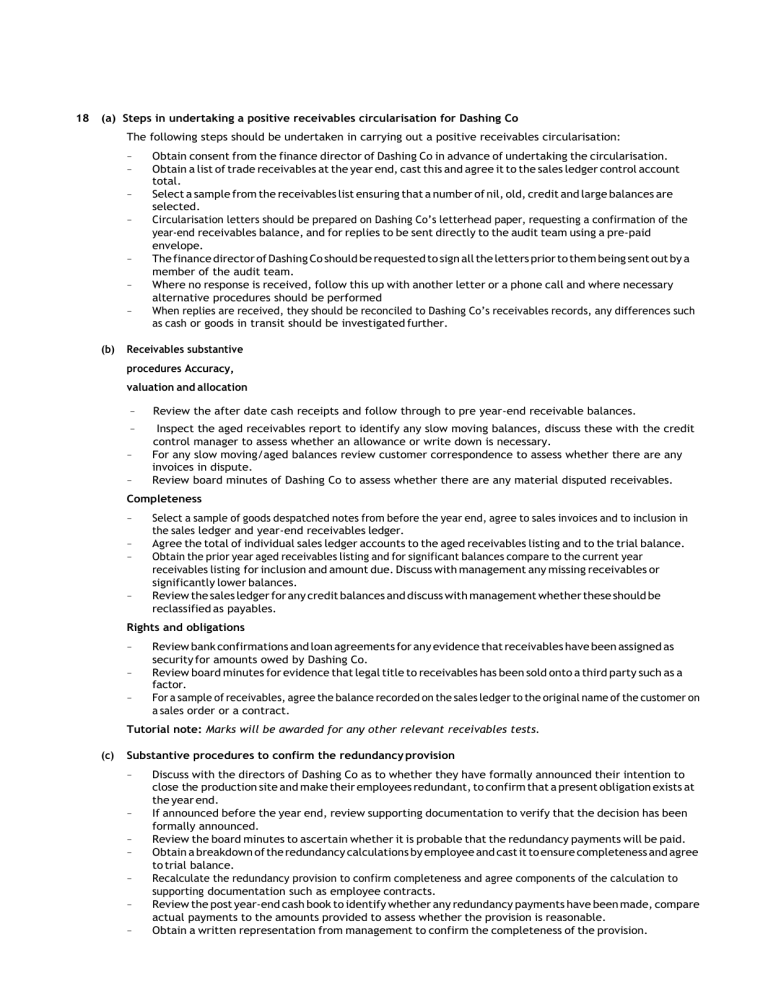
18 (a) Steps in undertaking a positive receivables circularisation for Dashing Co The following steps should be undertaken in carrying out a positive receivables circularisation: – – – – – – – (b) Obtain consent from the finance director of Dashing Co in advance of undertaking the circularisation. Obtain a list of trade receivables at the year end, cast this and agree it to the sales ledger control account total. Select a sample from the receivables list ensuring that a number of nil, old, credit and large balances are selected. Circularisation letters should be prepared on Dashing Co’s letterhead paper, requesting a confirmation of the year-end receivables balance, and for replies to be sent directly to the audit team using a pre-paid envelope. The finance director of Dashing Co should be requested to sign all the letters prior to them being sent out by a member of the audit team. Where no response is received, follow this up with another letter or a phone call and where necessary alternative procedures should be performed When replies are received, they should be reconciled to Dashing Co’s receivables records, any differences such as cash or goods in transit should be investigated further. Receivables substantive procedures Accuracy, valuation and allocation – Review the after date cash receipts and follow through to pre year-end receivable balances. – Inspect the aged receivables report to identify any slow moving balances, discuss these with the credit control manager to assess whether an allowance or write down is necessary. For any slow moving/aged balances review customer correspondence to assess whether there are any invoices in dispute. Review board minutes of Dashing Co to assess whether there are any material disputed receivables. – – Completeness – – – – Select a sample of goods despatched notes from before the year end, agree to sales invoices and to inclusion in the sales ledger and year-end receivables ledger. Agree the total of individual sales ledger accounts to the aged receivables listing and to the trial balance. Obtain the prior year aged receivables listing and for significant balances compare to the current year receivables listing for inclusion and amount due. Discuss with management any missing receivables or significantly lower balances. Review the sales ledger for any credit balances and discuss with management whether these should be reclassified as payables. Rights and obligations – – – Review bank confirmations and loan agreements for any evidence that receivables have been assigned as security for amounts owed by Dashing Co. Review board minutes for evidence that legal title to receivables has been sold onto a third party such as a factor. For a sample of receivables, agree the balance recorded on the sales ledger to the original name of the customer on a sales order or a contract. Tutorial note: Marks will be awarded for any other relevant receivables tests. (c) Substantive procedures to confirm the redundancy provision – – – – – – – Discuss with the directors of Dashing Co as to whether they have formally announced their intention to close the production site and make their employees redundant, to confirm that a present obligation exists at the year end. If announced before the year end, review supporting documentation to verify that the decision has been formally announced. Review the board minutes to ascertain whether it is probable that the redundancy payments will be paid. Obtain a breakdown of the redundancy calculations by employee and cast it to ensure completeness and agree to trial balance. Recalculate the redundancy provision to confirm completeness and agree components of the calculation to supporting documentation such as employee contracts. Review the post year-end cash book to identify whether any redundancy payments have been made, compare actual payments to the amounts provided to assess whether the provision is reasonable. Obtain a written representation from management to confirm the completeness of the provision. – (d) Review the disclosure of the redundancy provision to ensure compliance with IAS 37 Provisions, Contingent Liabilities and Contingent Assets. Impact on auditor’s report The company has included a redundancy provision of $110,000 in the draft financial statements, however, audit fieldwork testing has confirmed that the provision should actually be $305,000. The provision is understated and profit before tax overstated if the finance director does not amend the financial statements. The provision included is $110,000, it should be $305,000 hence an adjustment of $195,000 is required which represents 7·5% of profit before tax (195/2,600) or 1·1% of total assets (195/18,000) and hence is a material matter. If management does not adjust the redundancy provision, the auditor’s report will need to be modified. As provisions are understated and profit overstated, there is a material misstatement, which is not pervasive. Therefore, a qualified opinion would be necessary, stating that the opinion is qualified ‘except for’. A basis for qualified opinion paragraph would also need to be included subsequent to the opinion paragraph. This would explain the material misstatement in relation to the redundancy provision and the effect on the financial statements.
